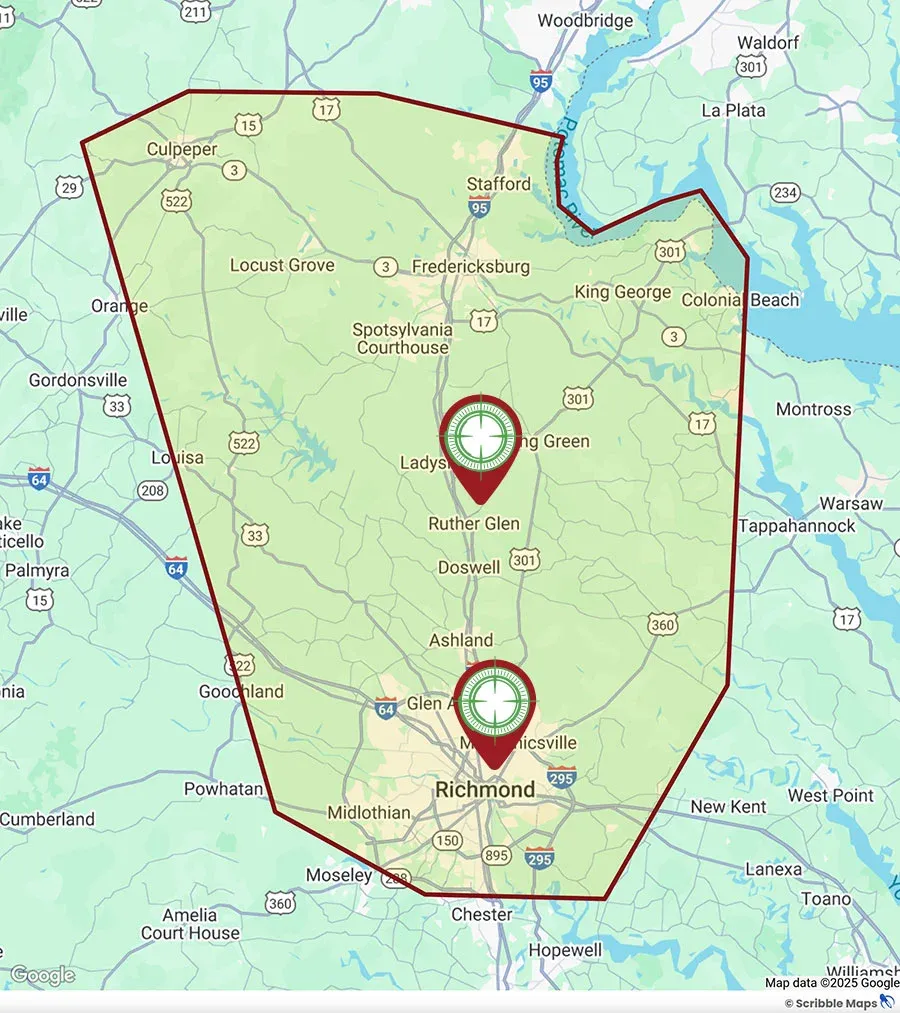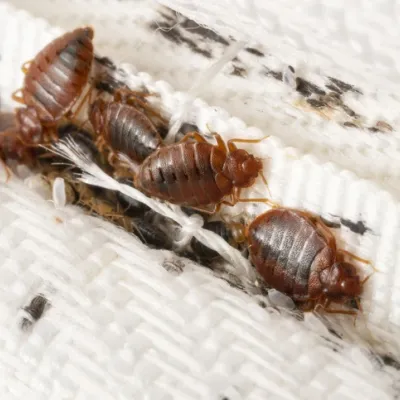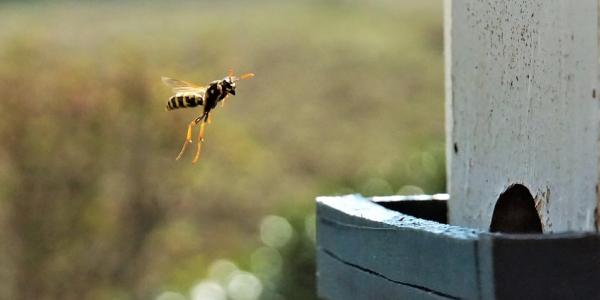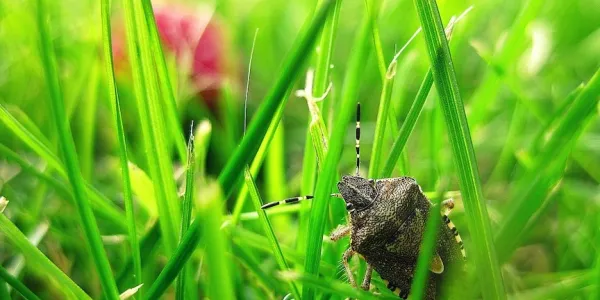Pest Control in Richmond, VA
At Pest Solutions, we’re here to help Virginia homeowners and businesses tackle pest problems with effective, eco-friendly pest control solutions. Fully licensed and insured, we handle everything from termites and mosquitoes to rodents and bed bugs with treatments tailored to your needs. As proud members of the Virginia Pest Management Association and active supporters of our local community, we’re dedicated to making Virginia a safer, pest-free place to live and work. Get started with our professional exterminators today by requesting a free quote!

Check Out Our Services
Great Deals & Guaranteed Protection
We believe quality pest control should be accessible to everyone, which is why we offer a variety of coupons to help you save. From discounts on first-time services to seasonal promotions, our goal is to provide affordable solutions for your pest control needs. Check out our latest offers to see how we can help you protect your home and budget!
More Than Pest Control—We’re Your Neighbors
We’re more than just a pest control company—we’re a team of local professionals who genuinely care about our neighbors. We believe in giving back to the community by providing reliable, affordable services while supporting local causes and events. Our commitment goes beyond pest control; we’re here to make our community safer and stronger for everyone.

Areas We Service Near Richmond
Our company proudly serves a wide range of areas in and around Richmond, providing expert pest control to both homeowners and businesses. From the heart of the city to the surrounding towns, we’re committed to delivering effective and eco-friendly solutions wherever you need us. See if we service your community:



















